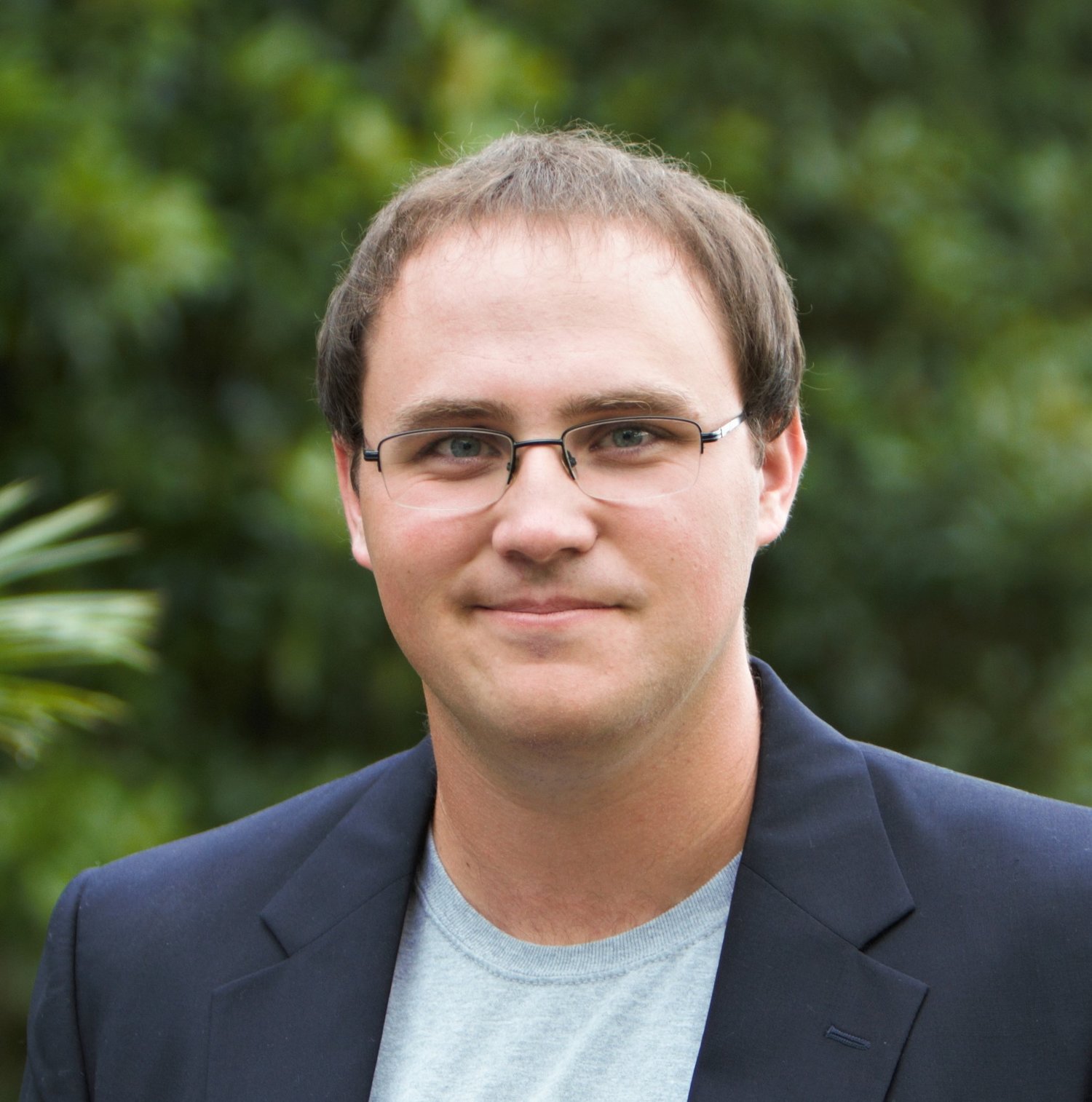Teaching
Associate Professor of Music, Murray State University
I regularly teach in many styles and settings and am therefore confident in my ability to engage and communicate with people of diverse ages, backgrounds, interests. In the university setting, I teach a variety of courses in music theory, aural skills, composition, and digital music. Outside of the university, I have over a decade of experience in facility management, curriculum development, staff supervision, recruitment, and teaching in the nationally-recognized aquatics programs of Camp Raven Knob (Mt. Airy, NC) and Scouting America (BSA), and regularly serve on the faculty of the Scouting National Camping School.
A statement on my teaching philosophy:
There was a room in my childhood home whose walls were decorated with countless jigsaw puzzles that my friends, family, and I assembled over the years. Even today, "puzzling" is one of my favorite ways to stimulate creativity: searching for patterns between the pieces and inventing new strategies for categorizing, relating, and understanding them. In a similar manner, I understand music as a metaphorical puzzle whose never-ending intricacy is waiting to be explored and discovered. This is no ordinary 1000-piece rectangular arrangement, mind you; our musical puzzle has many, many more pieces of all shapes and sizes. It is borderless, multi-dimensional, comes with no guiding illustration or box, and contains several extraneous pieces intended to distract the puzzler. How fascinating it is to explore the countless creative possibilities this puzzle presents to us!
Through teaching, I seek to foster this same passion for exploration and investigation in my students by creating an environment where they can forge these connections for themselves. I draw students into this learning environment by carefully selecting musical examples from many different styles and sources so that students will be familiar with some of them and eager to learn about the rest. I directly and explicitly address the value of this diversity in class by discussing the historical and cultural contexts of the examples and ensuring that the music found in their graded assessments is as varied as our in-class examples. When my students relate their own experiences to the skills we practice in class, they learn how to approach musical questions with an interdisciplinary mindset, rather than only looking for “the answers,” so that they can apply their analytical and creative strategies to the many musical and cultural traditions in which they are immersed and approach their liberal arts education with an open mind. Instead of focusing on what to think, we learn how to think, how to create, and how to communicate with one another—skills that will last far beyond any class, lesson, or semester.
When teaching, I embody my belief that clear communication is at the core of all academic and artistic work, as it allows us to collaborate across disciplines, share our knowledge and experiences with one another, and grow as a community. In my classes, we communicate about music by writing, presenting, and speaking about our discoveries; we communicate through music by composing, notating, performing, and improvising; and we communicate for music by promoting our work inside and outside of academic culture. When communicating about music, through music, and for music in the classroom, students who are stronger in one or more methods of communication are empowered to improve their performance in weaker ones. In this way, the array of activities in my classes builds confidence in students—confidence that helps them develop collaborative relationships throughout their study of the liberal arts and in their future endeavors. I sincerely hope that, through my guidance and mentorship, students will be challenged to continually explore the puzzle of music—and clearly communicate their discoveries—in the classroom, in the concert hall, in their interactions with others, and in their overall approach to life.

